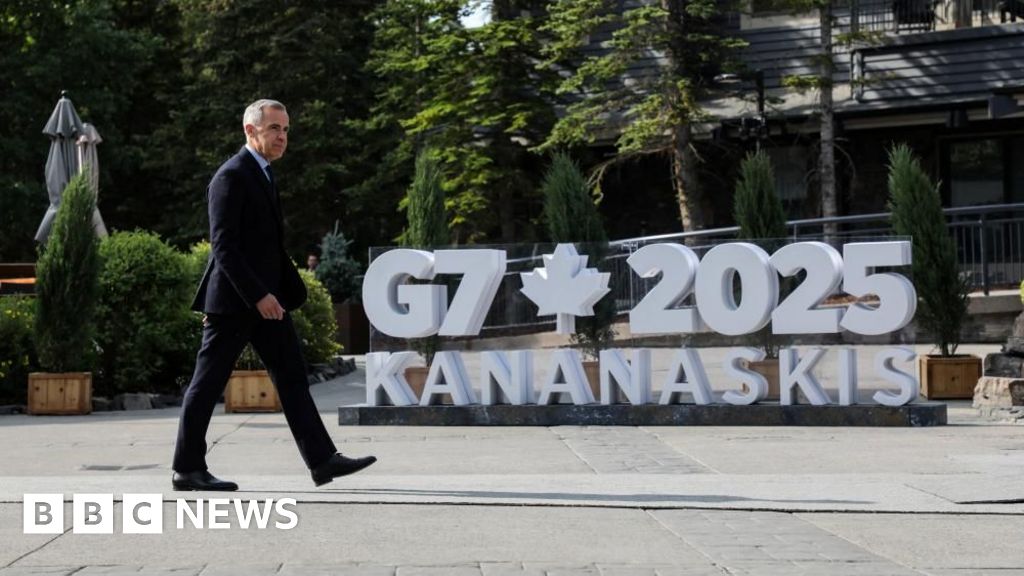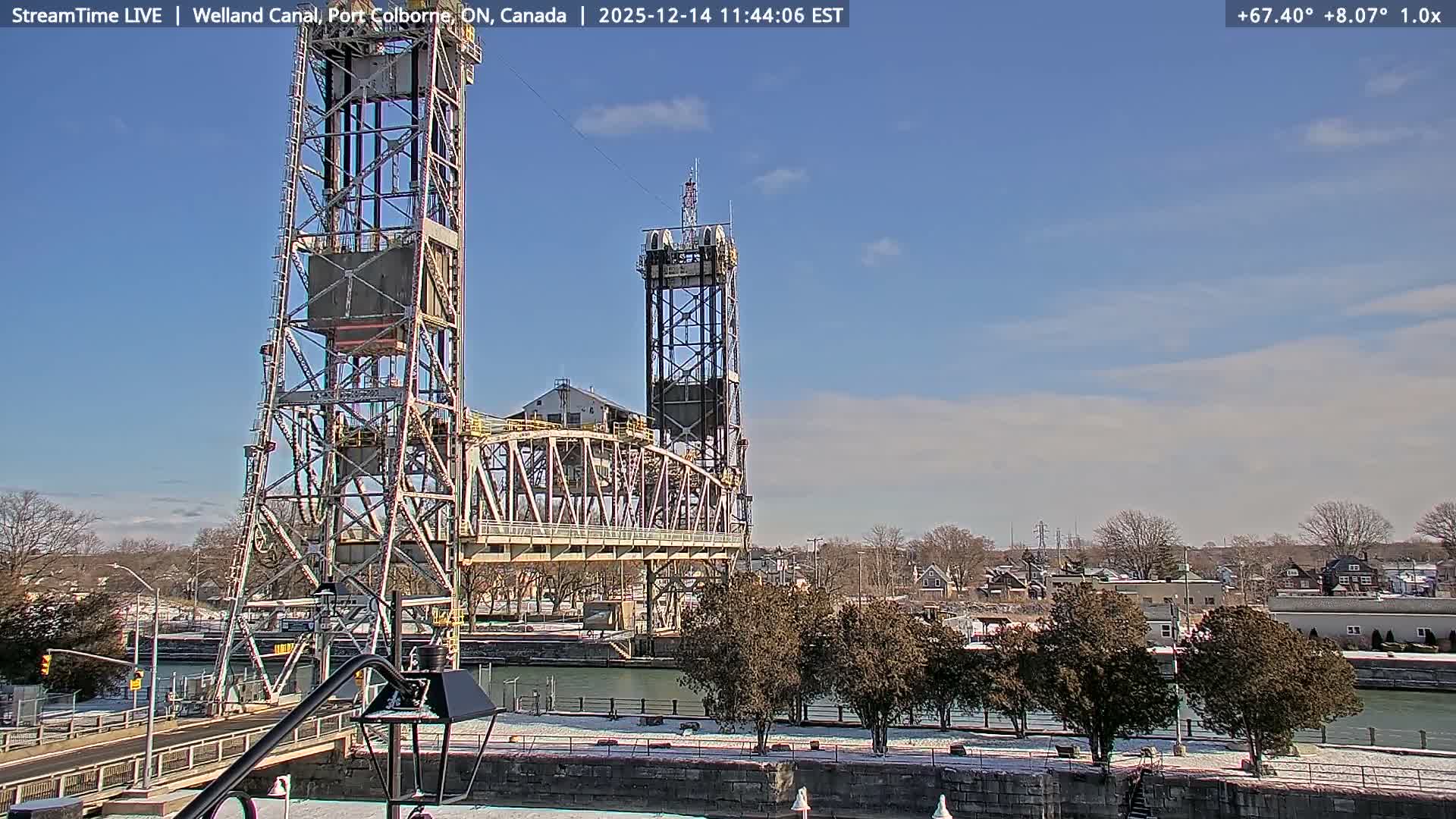G7 Summit Takeaways: Trade, Geopolitics, and Trump's Exit
 Canada
Politics
Canada
Politics

Key takeaways from the G7 summit: Middle East conflict overshadowing agenda, Trump's early departure, trade talks, and focus on Ukraine and Russia.
G7 Summit: Key Takeaways
The G7 summit in Kananaskis, Alberta, experienced significant shifts due to escalating tensions in the Middle East and President Trump's early departure.
Middle East Conflict Dominates
The unfolding conflict between Israel and Iran overshadowed much of the summit's agenda. G7 leaders urged de-escalation but stopped short of calling for a formal ceasefire. Despite disagreements, a joint statement was issued.
Trump's Abrupt Exit
President Trump's early departure for Washington DC raised eyebrows, but participants put a positive spin on it. While it disrupted planned bilateral meetings, some felt discussions became more relaxed in his absence.
Trade Talks and Canada's Ambitions
Trade was a central theme, with Canada aiming to diversify its economy and reduce reliance on the US. Discussions included ongoing trade negotiations with the US and potential defense procurement agreements with Europe. The summit addressed AI, migrant smuggling, and critical minerals.
Ukraine and Russia
Ukraine received new aid from Canada, but a joint statement of support was notably absent due to reported US resistance. The G7 reiterated its support for peace efforts in Ukraine and pressure on Russia.
Tensions with India
The summit also touched upon tensions between Canada and India, particularly concerning the killing of a Sikh separatist leader on Canadian soil. Discussions included transnational crime and the rules-based order.





